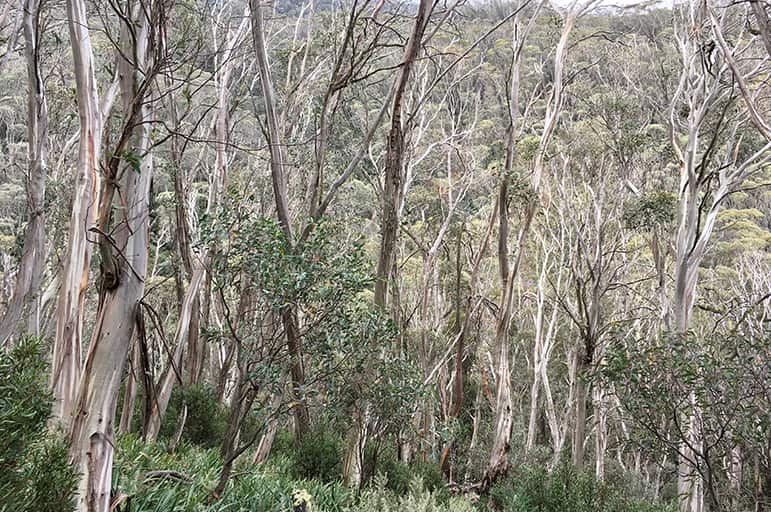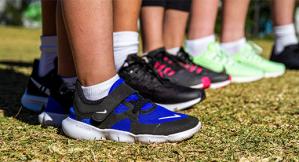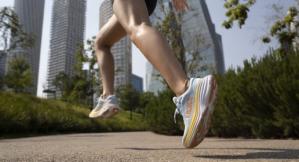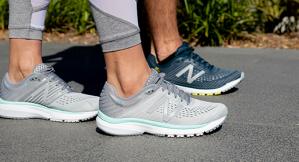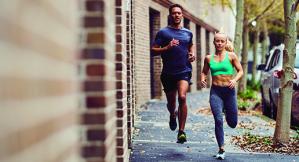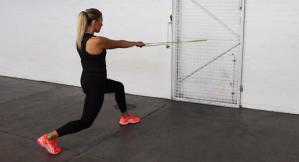MyFit
Our MyFit Blog aims to engage and inform so that we can collectively empower everyday athletes to better their best with every run.
Hiking Tips for Australian Alps
When To Go Hiking in the Australian Alps
It’s best to go hiking in the Australian Alps between December - March as the walks are snowbound in winter between June and October.
The weather in the Australian Alps can be harsh and unpredictable and can have extreme changes, so it’s important you do thorough research and check the weather forecast before going out. Even during summer be prepared for both hot and cold weather, high winds, rain and extreme UV levels.
Note: It’s important to have sufficient winter hiking experience before embarking on a winter adventure.

Essential Gear
Best Clothes to Wear for a Hiking Trip
-
Lightweight hiking pants/shorts/leggings, quick drying t-shirt
-
Warm jumper - even if it’s hot it’s good to have as a back-up.
-
Waterproof shell jacket - I always take one with me as the weather changes very quickly in alpine environments so even if the weather is looking perfect it’s good for a backup.
-
Set of thermals - depending on time of year/forecast
-
Sun protection - (a must) including hat, sunscreen and sunglasses with good UV protection. The sun can be very harsh in the alpine environment, especially higher up where it’s very exposed.
What kind of footwear is suitable for hiking?
-
Comfortable hiking boots/shoes - When exploring rugged environments like the alps it’s important to wear sturdy shoes with good grip as rocky paths can be slippery. I recommend a lightweight hiking shoe with a vibram sole for excellent grip and a waterproof GORE-TEX exterior. Merrell have a fantastic range of MOAB shoes, perfect for the Australian Alps, along with Hoka One One have a great shoe (Gore-Tex & non Gore-Tex) called the Challenger ATR 5 GTX.
-
Also make sure you wear your shoes on shorter walks or around the house to break them in before embarking on a longer hike in the Australian Alps.
-
Hiking socks - comfortable, soft, breathable socks are essential for blister prevention!
Essential Hiking equipment you need to take
-
Map - always bring a map! Having a map on your phone is ideal, however we recommend a back up print out from the web. (The visitors centre has plenty).
-
Water bottler - at least 2 litres
-
Day pack - comfortable and light
-
Head torch - I always take a head torch out hiking with me. You never know when you’ll need it!
-
Personal first aid kit including a blister pack (recommended as a precaution)
-
Snacks - bring plenty. I love making my own protein bliss balls or bringing a nice fruit and nut mix!
-
Lunch - so you can enjoy a celebratory lunch at the top!
It is an important plan, tell someone where you’re going and not to underestimate the wilderness. Before starting this walk, check advice with Snowy Region Visitor Information Centre (02) 6450 5600, the weather forecast and the snow conditions then adjust your plans as needed.
I like to follow the ‘Think Before You TREK’ initiative by NSW Parks and Wildlife Services and NSW Police.
-
Take enough water, food, equipment and first aid supplied
-
Register your trip
-
Emergency Personal Locator Beacon (PLB)
-
Keep to your planned route
This Blog was written by Hiking and adventure enthusiast Ayla Rowe. you can also follow her adventures via AylaAdventures.
Note: National Parks are currently requiring a pre-booking due to COVID-19. Please check the National Parks website for the latest updates.
| SHOP OUTDOOR |
| SHOP TRAIL |
